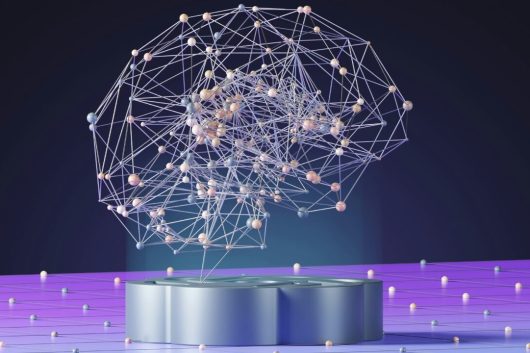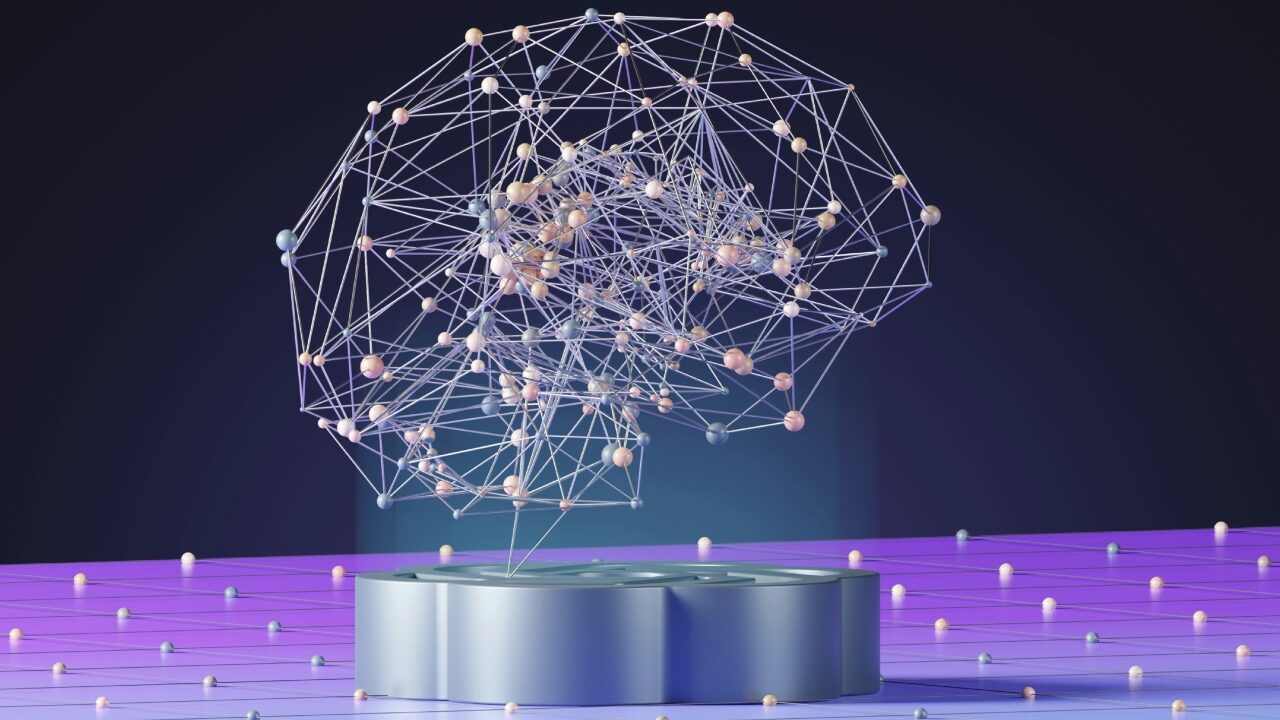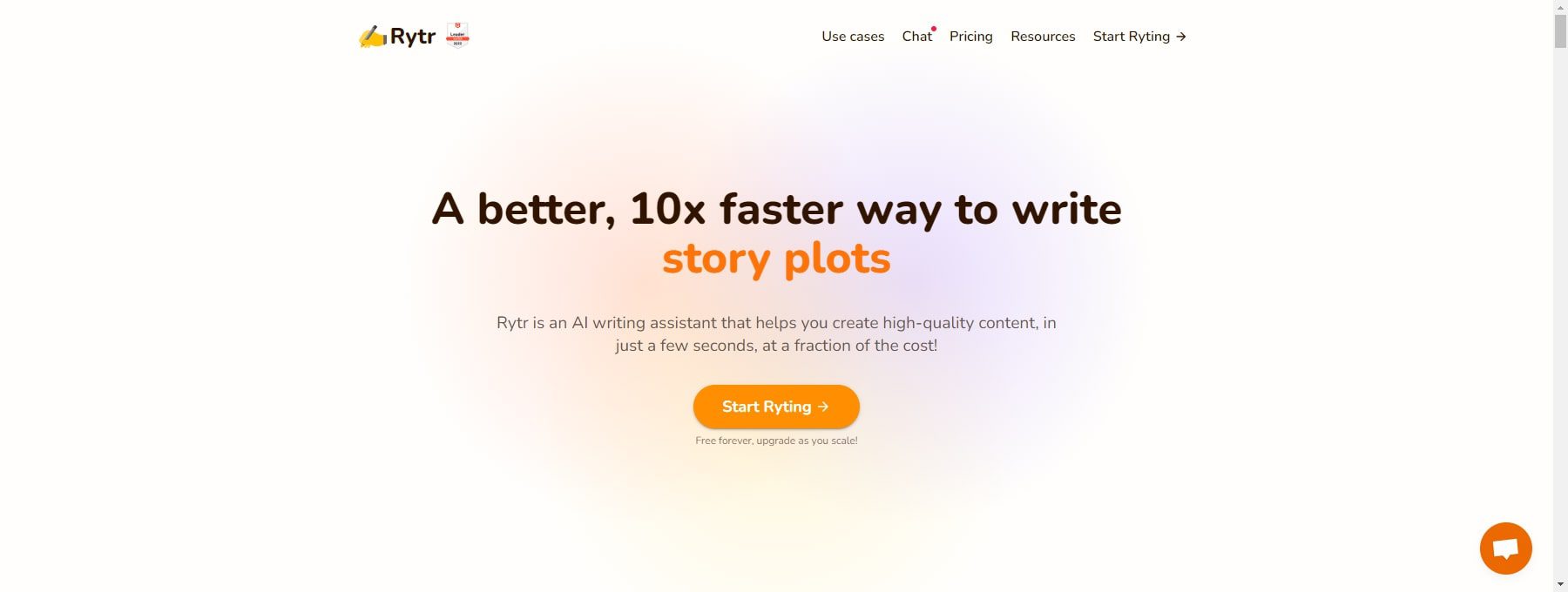


Narratives have consistently mirrored the essence of humanity. From the ancient tales of Homer to contemporary blockbusters like “Game of Thrones,” writers have infused their works with personal insights, societal norms, and unforeseen plot developments drawn from reality. However, with artificial intelligence (AI) now generating coherent narratives in mere moments, the boundary between human innovation and machine labor is swiftly becoming blurred. Is this truly how it functions, and in what areas does AI fall short compared to humans? This is the focus of discussion in this article.
The Essence of Human Storytelling
Human stories possess a unique richness of emotion. People are captivated by those created by fellow humans due to their ability to convey personal experiences, ranging from the nuances of utilizing cultural allusions to memories expressed through metaphors. For example, in Toni Morrison’s novel Beloved, she vividly portrays historical trauma through her perspective, something that algorithms have yet to replicate.
AI, on the other hand, functions through patterns. It can compose a gothic tale but lacks the understanding of the sorrow within an abandoned house. It is not inherently flawed; it is deficiency in empathy. Humans take risks in their storytelling, bending formats, as AI mimics them. Nevertheless, even human authors don’t create in a vacuum: Shakespeare sourced ideas from chronicles, and J.K. Rowling from folklore. The difference lies in how a person reinterprets material, infusing it with spirit. AI does it faster, but it lacks the essence that animates a narrative.
AI as a Narrative Generator
Nonetheless, innovative AIs like ChatGPT or Claude have revolutionized storytelling at an unprecedented pace. AI components from the initial concept to scripts are now central to nearly half of the online content in the U.S., according to various reports. There are even dedicated platforms hosting interactive storytelling games that enable users to craft branching narratives in just a few minutes, whether it be a post-apocalyptic adventure or a mystery tale.
Moreover, AI is remarkably accessible for novice writers. It stimulates the creativity of emerging authors by helping them overcome the intimidation of a blank page. However, seasoned writers are affected, too: collaborative creativity suffers when everyone draws from the same pool of AI-generated prompts. It’s akin to all Hollywood scriptwriters starting from an identical outline.
The Legal Realm of Authorship
U.S. legislation simplifies the differentiation between human and AI authorship. In 2024, the U.S. Copyright Office reiterated that works produced by AI without meaningful human input are not eligible for copyright protection. The 2023 case of Thaler v. Perlmutter set a legal standard: the court denied registration for artwork created by AI and insisted on “human authorship.” This directly influences storytelling: novels generated solely by AI cannot be copyrighted, whereas those enhanced by human editing can be.
The following table highlights significant legal rulings that illustrate this boundary:
| Case | Year | Summary of ruling | Impact on storytelling |
| Thaler v. Perlmutter | 2023 | Copyright denied for AI-generated content without human authorship. | Stories created purely by AI lack protection; human intervention is necessary. |
| Andersen v. Stability AI | 2024 | Ongoing litigation regarding training data; fair use of images under discussion. | Publishers must guarantee ethical sourcing of data. |
| Getty Images v. Stability AI | 2024 | $1.5B settlement for unauthorized usage of copyrighted materials. | AI story platforms need to utilize licensed datasets. |
| New York Times v. OpenAI | 2025 | AI-generated summaries deemed derivative; no transformative application. | AI narratives cannot assert originality. |
| Anthropic AI Settlement | 2025 | $1.5B compensation for training on copyrighted materials. |
No Comments
To comment you need to be logged in!